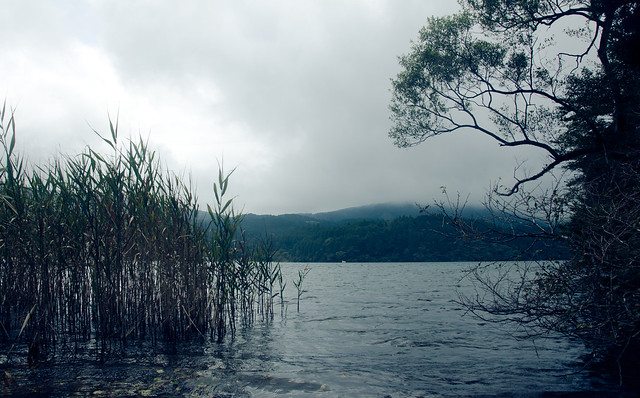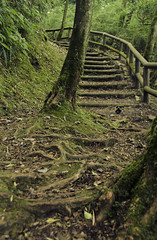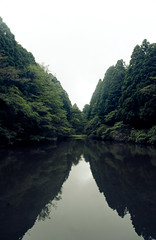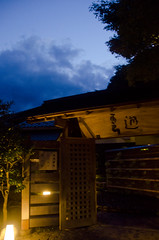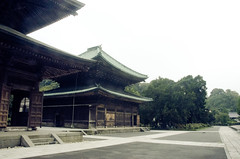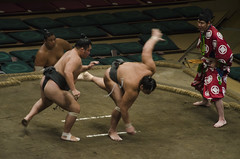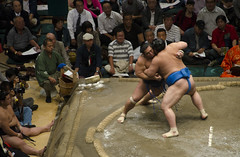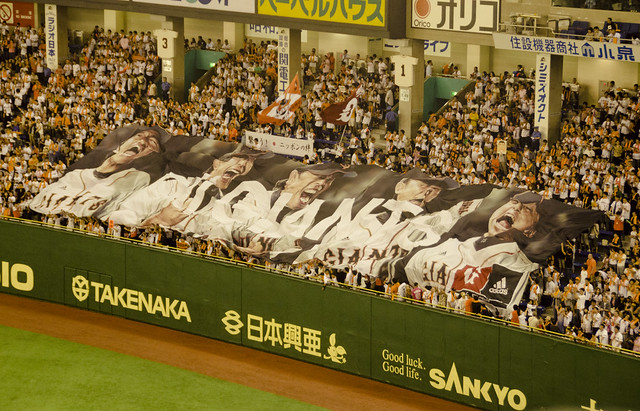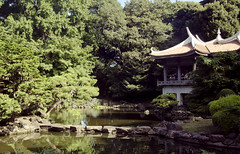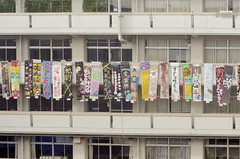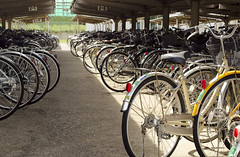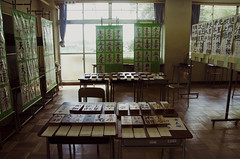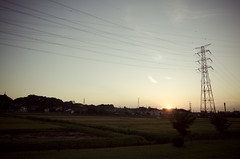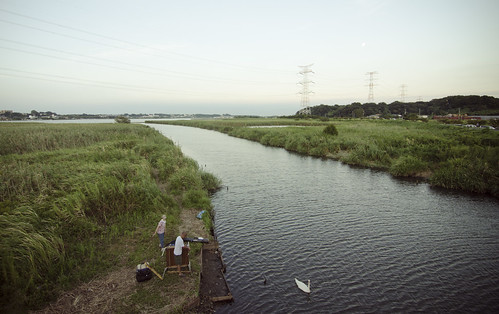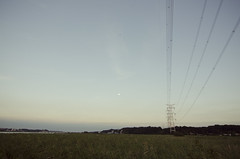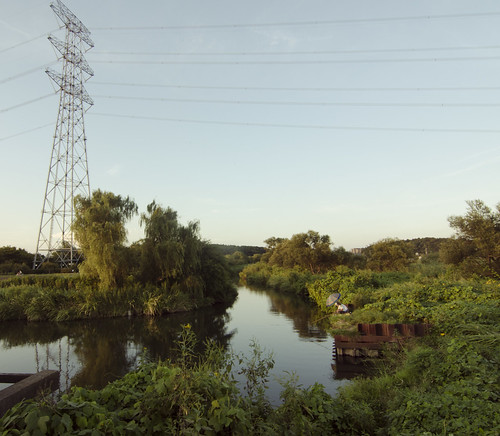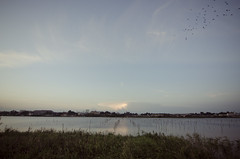1 For the record, its full name is 柏市立柏高等学校, “Kashiwa Municipal Kashiwa Senior High School,” which is colloquially shortened to “Ichikashi.” Much like how Boston College should really be “Boston College University (3 miles East of Boston) in Chestnut Hill, Mass.” But it’s not.
1.Now Ichikashi doesn’t do homecoming (neither the game nor dance).
Likewise, it probably won’t surprise you to hear that, in not so much a Footloose-ian fashion, they don’t do very many social events at all, and certainly no dances of any kind
2 Then again, if I think about it, they don’t even do “sports” right: these sports “clubs” (just one team: no JV or developmental squads) practice all year for one tournament (no league play), with very little student body support.
2. Then again, Ichikashi, like every other high school in Japan, does Bunkasai and Taiikusai.Anyway, where was I? Oh, yes: the sweet smell of autumn incense from the nearby farms settled heavily over the field.
To call it a field would be generous. It was a hard packed dirt lot, painstakingly lined with chalk and meticulously maintained by hand to be free of weeds and dust. It is almost the complete ideological opposite of any notion of a “field,” in that sense. But if it’s good enough for the soccer team to play on, it’s certainly good enough for Taiikusai. And probably cost-effective
3 Then again, again, this is also a school system that has the kids clean the campus every day after 6th period.
3. Taiikusai consisted of three teams semi-arbitrarily divided up into even teams with equal grade representation battling it out over numbers physical challenges of dubious design and contemplation. Games like 200/400m mixed gender relay races, obstacle courses, tug-of-war, camp-style food and drinking challenges, as well as a couple of fairly brutal climbing, grabbing and pulling games (all of which can be found visually represented on my Flickr, as always).






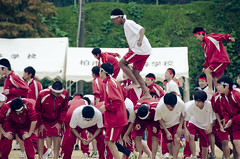

I’m not terribly sure what the point of Taiikusai is. It was never explained to me, just that every school does it, despite the fact
4 Or maybe “because of the fact.”
4 that half, if not most, of the games would never be allowed to be played in America either on the grounds that they are too dangerous or slightly sexist in the division of tasks.Despite all that, it looked like the kids had a lot of fun. Except Menzai, who had a broken foot and couldn’t play. Or Kazuyoshi, who ate curry for breakfast and then had to eat it again after his leg of the relay. Or Hakuto, who looked like he was mad at me, but I swear he really wasn’t.
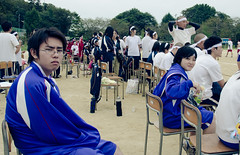
This past week I’ve also started my Japanese lessons. My tutor has me reading through some rudimentary introductory phrase books. What I really think is really holding me back, at this point at least, is my combination of lack of “natural” vocabulary (the kind where you look at something and you know the dialect-word for it, rather than translations
5 The ol’ semiotic exercise of seeing a tree and thinking “木,” rather than seeing a tree and thinking “tree -> 木.”
5), and my lack of general grammatical understanding. Interestingly, my interest in learning Kanji far outstrips my interest in reading my grammar lesson book. Maybe it’s my combined desire to be able to order off of a menu (finally) while simultaneously acquiring vocabulary6 Though it is completely possible to study Kanji and never once use any Japanese words
6, or it could just be that vocabulary is more interesting to me than particles and S-O-V constructions.Oh, and one more thing, Nick, today was my welcome party; the theme of which was, of course, to get drunk. Their game, of course, was to get me drunk. My game was, of course, to not.
I was conveniently seated between the Principal and the Dean of Students (who also moonlights as the Kendo instructor). I was complimented by both for my enthusiasm, my 頑張る attitude, and my efforts to learn everything I can about Japan and Japanese. Of course, the conversation shifted to what extracurricular activities I am interested in. I was also asked, independently of each other, what clubs I would (of course) be interested in joining. Of course, I said “Kendo” (which made Goto-sensei VERY happy), but also mentioned judo. It appears that I have an “in,” administratively, if I ever get the gumption to try. Or at least find the time.
I’ve been spending all of my time helping students prepare speeches for the Chiba Prefectural Speech and Recitation competition next week, as well as lead the English Conversation club (from the seat of my pants, may I mention).
And, finally, lest I forget: お誕生日おめでとう。
